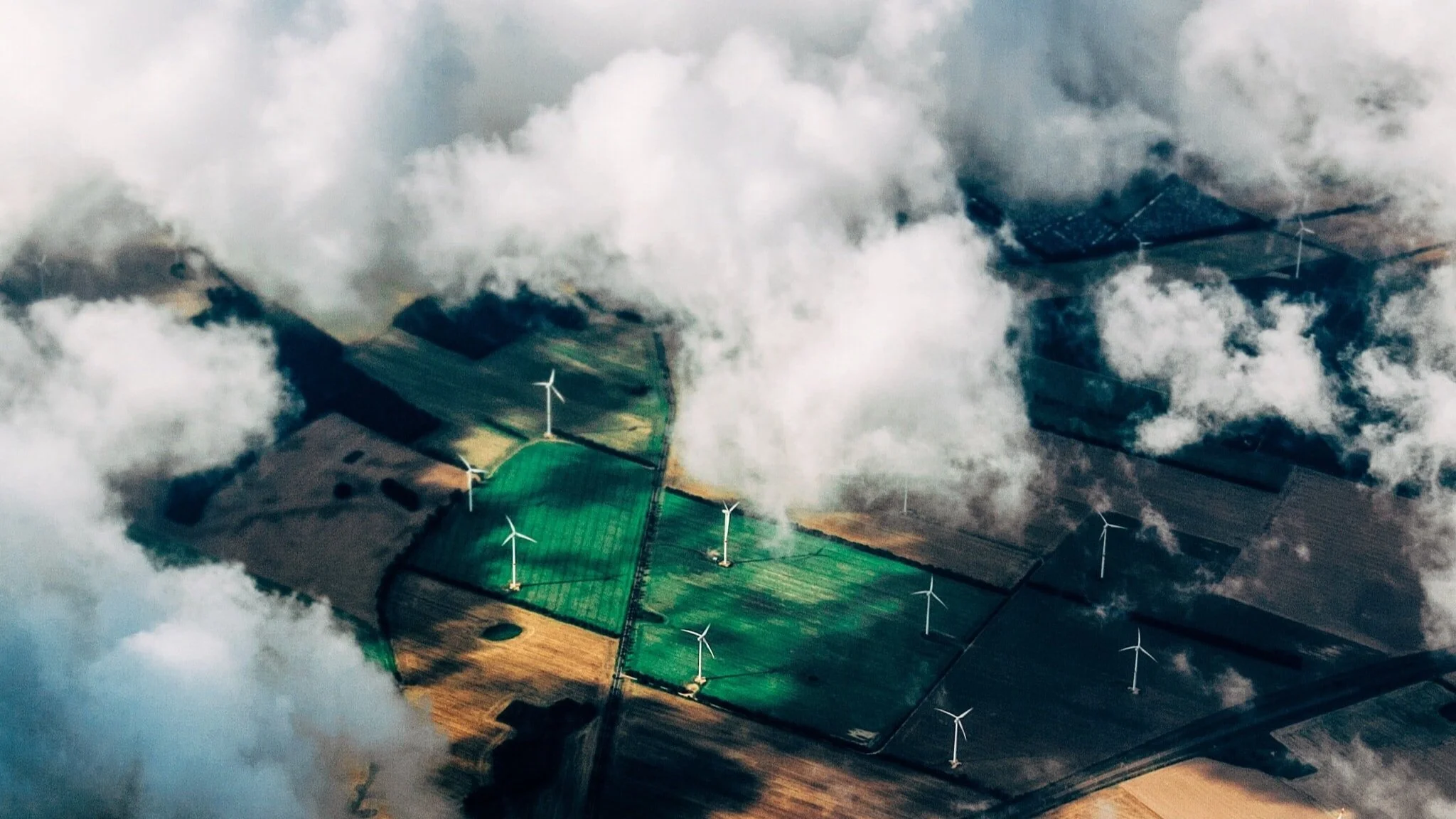Fastest Growing Renewable Energy Alternatives to Hydropower
Fastest Growing Renewable Energy Alternatives to Hydropower
As of 2021, hydropower is the most widely used form of renewable energy with more than 18% of the world's total installed power generation capacity coming from hydroelectric installations. Despite massive investments in the industry, public opinion towards hydropower facilities has caused major delays to new installation efforts. While hydropower stands as a source of clean energy, its immediate impact on the surrounding environment has not gone unnoticed. Surrounding communities have raised complaints regarding disruptions to irrigation, drinking water, and fishing. With diminished support for these projects, and some groups going so far as to take direct action against their construction, other renewable sources are starting to grow in popularity.
Wind Power
The global wind industry realized a 53% increase in capacity from new installations (93 GW) in 2020. There is now 743 GW of wind power worldwide which prevents 1.1 billion tonnes of CO2 being released into the atmosphere. Over the last decade, the global wind power market has quadrupled in size and now stands as one of the most established industries in the green energy sector. While the industry growth is astonishing, experts say it is not enough to ensure the world achieves net zero CO2 emissions by 2050.
The Global Wind Energy Council (GWEC) has turned its attention to policy makers in order to accelerate the installation process in order to appropriately combat the climate crisis. The GWEC has requested three main measures in order to ensure this is possible.
The elimination of superfluous administrative processes in order to streamline the installation process
Even greater expansion of investment efforts in order to establish infrastructure needed to support installation.
A re-haul of the market to accurately account for social costs of non-renewable forms of energy.
Solar Power
Solar power also saw huge growth during 2020, with 138 GW installed, accounting for an 18% growth in the industry. Both China and the United States in particular saw an uptick in their solar energy volume, adding 48.2 GW and 19.2 GW, respectively. Vietnam also saw an increase in their solar sector, nearly doubling their total capacity, jumping from an initial 6.4 GW to 11.6 GW.
Vietnam achieved this expansion through implementing a feed-in tariff scheme designed to accelerate investments in the solar energy sector and increase the overall capabilities of renewables in the country.
The growth seen in the industry reflects the massive success these tariffs had in encouraging investors to enter the sector and help further developments in this industry. Similar incentive schemes were also introduced in Japan, Australia, and Germany which all saw a surge in their solar energy capacity.
Geothermal Power
Compared to wind and solar, the growth of geothermal energy suffered greatly due to the pandemic. Countries such as Turkey, Indonesia and Kenya accounted for the 0.8 GW increase in worldwide geothermal power generation capacity in 2019, but saw massive delays in projects scheduled to be completed at the end of 2020 due to financial challenges and disruptions in the global supply chain. Regardless, support for geothermal projects remains high due to less land use, low atmospheric pollution effects, and high availability.
Looking Forward
A range of renewable energy sources are needed in order to ensure the world hits net-zero. While some forms of renewables pose a risk to surrounding environments and individuals, the remarkable growth in the discussed sectors above indicate a willingness to transition to forms of green energy that have a minimal impact on communities. With the introduction of incentive schemes and further assistance from policy makers, these industries could greatly aid the transition to a net-zero world.
Learn about our affordable carbon footprint solutions for small and medium-sized businesses
Book a free strategy session to discuss your climate goals with a sustainability manager.
About RyeStrategy
Based in Seattle, RyeStrategy is a CDP-accredited, mission-oriented company specialized in carbon accounting, mitigation coaching, and climate disclosure solutions for organizations at any point in their sustainability journey. Learn how RyeStrategy helped Salesforce, Ideascale, and Wazoku achieve their sustainability goals.
From exhaustive carbon footprinting and mitigation coaching, to setting science-based targets and reporting climate data to CDP, SBTi or custom reporting platforms, RyeStrategy acts as a hands-on extension of the team, custom-tailoring services to fulfill climate disclosure requirements easily and accurately.
Meet with a sustainability specialist to learn more about RyeStrategy solutions.

